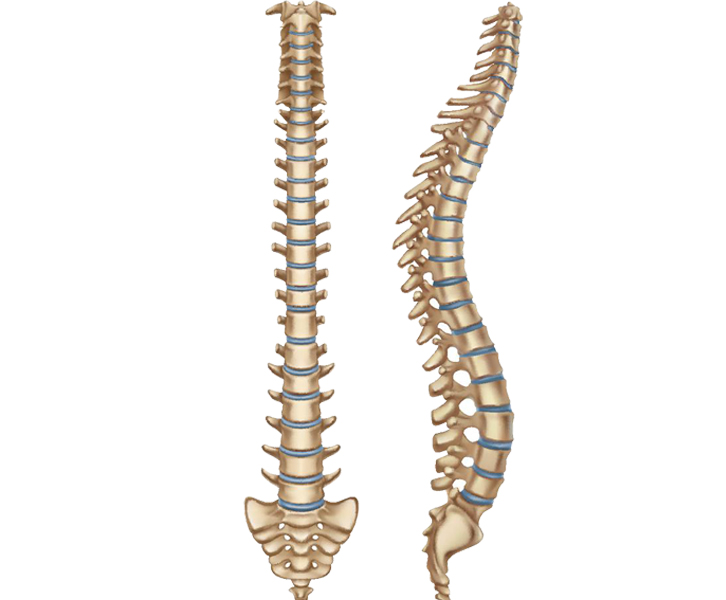Spine Surgeries
- Home
- Specialities
- Spine Surgeries

Spine Surgeries
The spine gives our body stability and strength every time we move around. Plus, the spinal vertebrae (bones) also serve as a protection for our spinal cord. Thus, any problems in our spine must be addressed by an experienced orthopedic surgeon.
Minimally invasive methods will be attempted first to address your pain or debilitating back issues, such as pain injections. If these do not solve the problem, then your orthopedist may perform minimally invasive spine surgery.
There are several types of spinal surgery that can help those who are experiencing back pain, including the following:Lumbar Decompression Surgery for Spinal Stenosis
Lumbar decompression surgery, also called a lumbar laminectomy, is Lumbar decompression surgery, also called a lumbar laminectomy, is performed to correct the narrowing of the spinal canal – also called spinal stenosis. The surgeon will remove all or part of the lamina which is pressing against the spine and causing excruciating pain.
In spinal stenosis, pressure is being placed on the spinal cord due to the age-related narrowing of the spinal canal. The goal of surgery is to widen the canal and thereby release this pressure. This may involve the surgeon removing bone spurs or excess tissue.
Lumbar Discectomy
A lumbar discectomy is spine surgery involving an injured disc in the patient’s lower back region. There are two types of lumbar discectomy: minimally invasive arthroscopic discectomy and open spine surgery. Open spine surgery is the more common procedure for a herniated disc in the lumbar area.
Herniated Disc Surgery
In a surgery to repair a herniated disc, the surgeon will remove part or all of the injured disc. The physician may remove the disc altogether and enable the two adjacent vertebrae to fuse together in order to stop the disc pain; however, spinal fusion causes the inability to move that section of your back, so this decision must be made carefully between you and your doctor. That said, spinal fusion surgery is much safer and less risky than it was in prior years.
Spinal Fusion Surgery
During a spinal fusion, the surgeon connects two adjacent vertebrae in order to avoid pain caused by their movement against each other. The surgeon uses small screws and rods to connect the vertebrae, and they are then left to naturally heal and fuse together. The physician may also take a small bone graft from another part of your body to help the vertebrae to fuse.
There are many different types and approaches to spine surgery and treatment for various injuries and conditions. Consulting with your orthopedic surgeon to discuss the appropriate treatment is crucial in helping you reduce or eliminate your back pain. The doctor may recommend pain injections, physical therapy, or spinal surgery.
